Museum History: How Art Finds a Home
I have been to a plethora of museums throughout my life and career. I find that it is always fascinating to learn, not only about the works within the museum but about how the art made its way there. I have talked in the past about the works displayed in the Orangerie and Marmottan Monet Museums in France and The Guggenheim in Bilbao, but now I want to talk about how these iconic institutions came to be.
Orangerie Museum
According to the museum’s website, the Orangerie was built in 1852 by Firmin Bourgeois and completed by Ludovico Visconti. It is best known as the home the large “Water Lilies” murals by Claude Monet. This structure was originally built to shelter orange trees in the garden of the Tuileries. Historians say that, at the request of Emperor Napoleon III, the new structure was built on the garden terrace along the Seine, known as the “waterfront terrace,” in a record time of four months. The structure was used as his personal greenhouse. The oval walls and abundance of natural light made this a fantastic space for Monet’s famous panels.
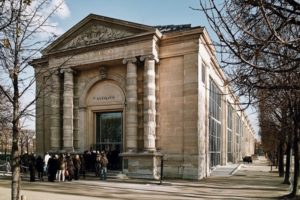
According to aforsay.com, in 1921 the administration of the Beaux Arts designated the Orangerie as an annex to the overcrowded Musée du Luxembourg. Monet then decided to donate his famous panels to the French government as a monument to the end of World War I. A former politician, Georges Clémenceau, suggested that Monet install the paintings at the newly available Orangerie. On April 12th, 1922 Monet officially signed the contract handing his Nymphéas series over to the French government.
According to curator and art historian Michel Hoog, after the agreement was made, Monet made it a point to adjust the space to properly display his work. He requested that head architect Camille Lefèvre add elevations so that his paintings could catch more natural light, keep the walls plain and decor to a minimum. The result is what we see today inside of the Orangerie Museum (pictured at the top of this post).
I find it very noble that Monet donated his work and respect that fact that he was meticulous about the way it was displayed. Monet took great pride in his paintings and customizing the Orangerie space specifically for his panels definitely demonstrates that.
Marmottan Monet Museum
The Orangerie is an extremely popular place to view the works of Claude Monet, but on a road less traveled, there is also the Marmottan Monet Museum. Here you will find the world’s largest Monet collection, including “Impression, Sunrise” which is the painting that gave name to the impressionist style of art.
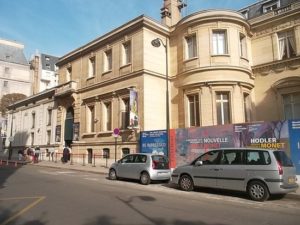
The Marmottan Monet Museum was originally used as a hunting lodge for Christophe Edmond Kellerman, Duke of Valmy. The building was then bought in 1882 by Jules Marmottan. Marmottan’s son Paul settled in the space and had another hunting lodge built to house his private collection of art pieces and First Empire paintings according to the museum’s website.
In 1934 Paul died and surrendered his collections, gargantuan townhouse (now the Marmottan Monet Museum), and the Boulogne Library’s rich historical archives to the French Academy of Fine Arts.
The Marmottan Monet Museum received a large impressionist art collection from Madame Victorine Donop de Monchy in 1957. Then in 1966, Claude Monet’s son Michel donated his collection of his father’s paintings to the museum. This spurred architect and museum curator, Jacques Carlu, to build a room inspired by the Grandes Décorations in the Tuileries’ Orangerie to house the collection.
The Guggenheim
During my visit to the Guggenheim in Bilbao, Spain I got a first-hand look at the masterful expressionist art housed there. “Guggenheim” is one of the most recognized names in the museum world.
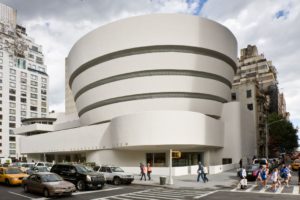
According to the Guggenheim website, the Solomon R. Guggenheim Foundation was founded in 1937, and its first venue, theMuseum of Non-Objective Painting opened in 1939. It was opened to display Solomon Guggenheim’s eccentric art collection. At the time, Solomon’s taste for expressionist art was off-beat and progressive. Many who visited the Guggenheim museum when it first opened had never seen anything like the works of Vasily Kandinsky, Rudolf Bauer, Alice Mason, and Otto Nebel.
Solomon Guggenheim’s unusual gallery became so popular that they had to commission Frank Lloyd Wright to build a new New York-based museum in 1943. Guggenheim’s one requirement for Wright was, “The building should be unlike any other museum in the world.” The Solomon R. Guggenheim Museum officially opened on October 21, 1959. The modern architecture definitely lends a hand to the progressive works that live on the Guggenheim walls.
Today the Guggenheim Foundation includes the Solomon R. Guggenheim Museum in New York, the Peggy Guggenheim Collection in Venice, and the Guggenheim Museum Bilbao, designed by Frank Gehry. Guggenheim Abu Dhabi, also a Gehry design, is slated to open in the Cultural District of Saadiyat Island.
One thing that each of these museums has in common is that they manifested from a love for the arts and a desire to share the love with others for years to come.
Have you ever visited any of these museums? Did anything interesting stand out to you about the history or architecture? Let me know with a comment below.

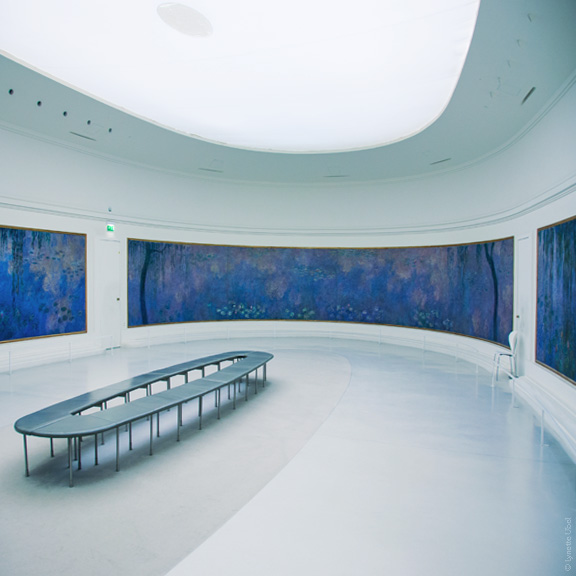
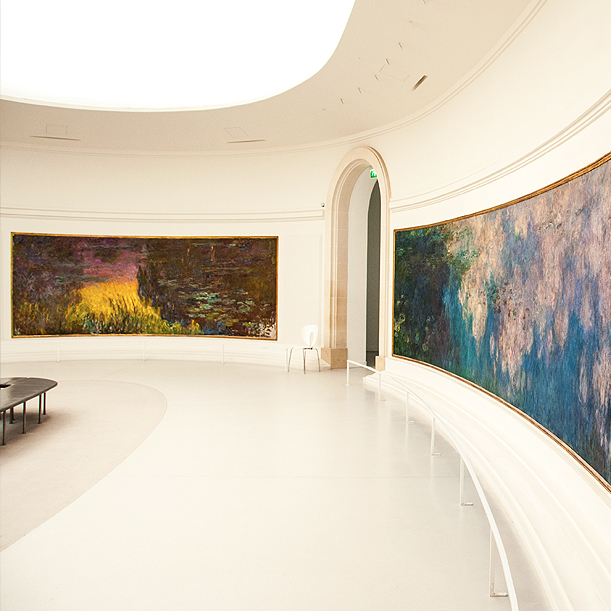
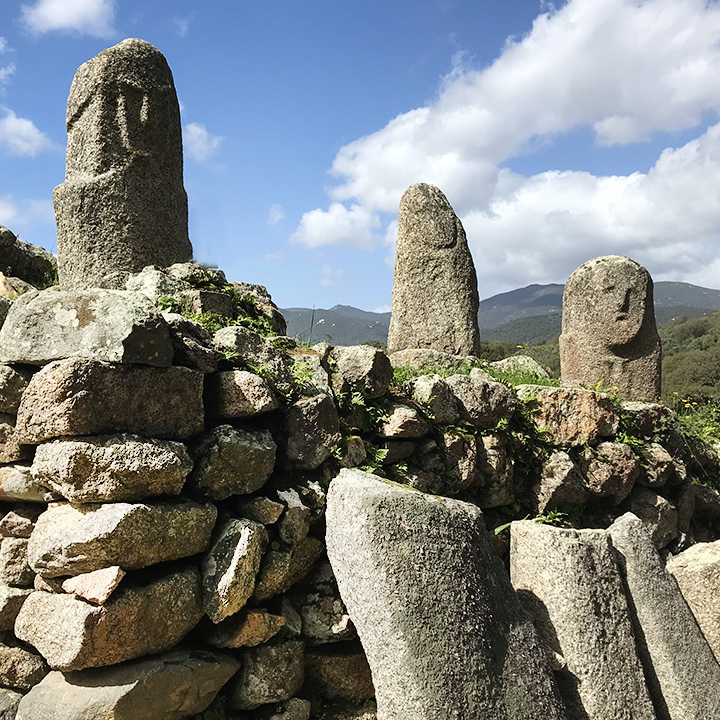
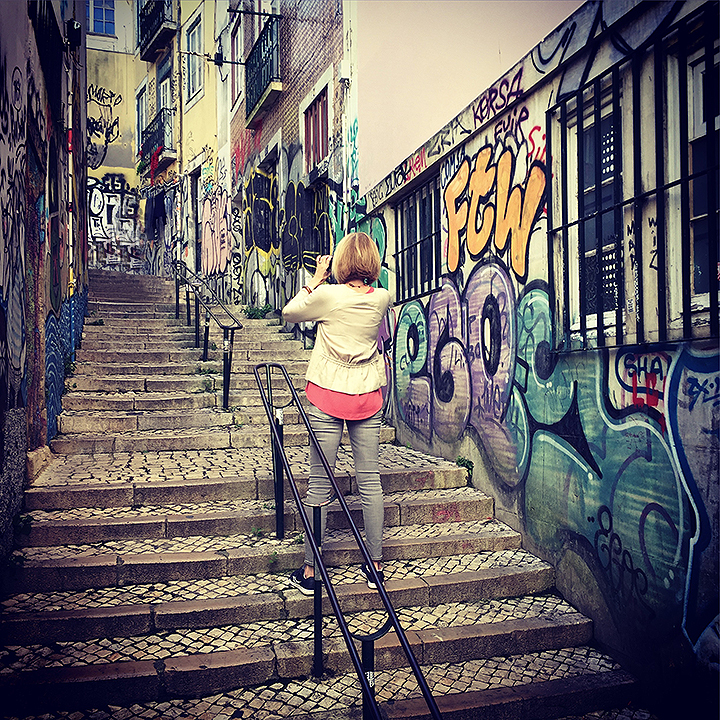
This Post Has 0 Comments